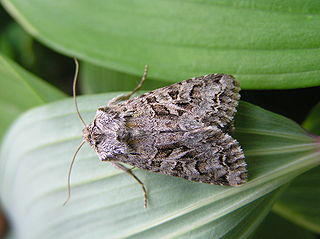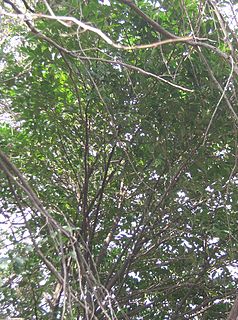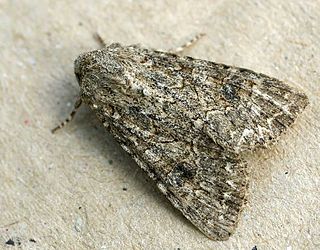Anarta is the name of a Vedic period kingdom of ancient India described in the Mahabharata, roughly forming the northern Gujarat state of India. It was founded by a grandson of Vaivasvata, inter alia the father of the present Manu and of Yama, named Anartha. He built a fortress at Kusasthali (Dvaraka), which was later flooded by Varuna. The place remained then for some time as a forest land, before Krishna and the Yadavas went there and built Dvaraka. It was then ruled by Yadavas after they fled from Mathura of Surasena Kingdom, due to the attacks of Jarasandha, the king of Magadha. The Yadava chiefs like Vasudeva Krishna, Bala Rama, Kritavarma and Satyaki, ruled this kingdom under their king Ugrasena. In Mahabharata, Dwaraka is considered as a capital city of Anarta Kingdom. But some other ancient texts like Mahabhagavata, mentions Dwaraka and Anarta as two independent kingdoms. As per the Purana viz. Bhagavata Purana, Bala Rama's wife Revati was from this kingdom.

The Hadenini are a mid-sized tribe of moths in the Hadeninae subfamily. As numerous hadenine genera have not yet been assigned to a tribe, the genus list is preliminary.

Eurya is a genus of about 70 species of flowering plants in the family Pentaphylacaceae.
Anarta is a genus of moths of the family Noctuidae.

Hadula is a genus of moths of the family Noctuidae.

Anarta myrtilli, the beautiful yellow underwing, is a moth in the family Noctuidae. The species was first described by Carl Linnaeus in 1761. It is found in most of Europe including Scandinavia, Britain, France, Germany, Switzerland, Spain, Portugal, Italy, and Russia.
Anarta sabulorum is a species of moth of the family Noctuidae. It is found in North Africa, the Near East and Middle East, Central Asia, Western China and Mongolia.
Anarta engedina is a species of moth of the family Noctuidae. It is probably endemic to the Levant. It is found in the arid region of 'En Gedi and in the semi-arid region in the upper elevations of the Judean desert near Alon and Kfar Gedi.
Anarta arenbergeri is a species of moth of the family Noctuidae. It has only been recorded from Turkey and Israel.
Anarta mendax is a species of moth of the family Noctuidae. It is found in the south-eastern Balkans, Turkey, Israel, Lebanon and Transcaucasia.
Anarta mendica is a species of moth of the family Noctuidae. It is found in Turkey, Armenia, Azerbaijan, Israel and Lebanon.
Arctosa stigmosa is a wolf spider species found in Europe and Iran.
Anarta oaklandiae is a species of cutworm or dart moth in the family Noctuidae.
Anarta farnhami is a species of cutworm or dart moth in the family Noctuidae. It is found in North America.

The Anarta tradition or Anarta ware is a chalcolithic culture tentatively dated between c. 3950 BCE to 1900 BCE based on radio carbon dates from Loteshwar and Gola Dhoro. The sites associated with it are located in Gujarat, India.
Europiella stigmosa is a species of plant bug in the family Miridae. It is found in Central America and North America.
Anarta crotchii is a species of cutworm or dart moth in the family of Noctuidae.
Anarta florida is a species of cutworm or dart moth in the family Noctuidae.
Anarta mutata, or the mutant, is a species of cutworm or dart moth in the family Noctuidae.





